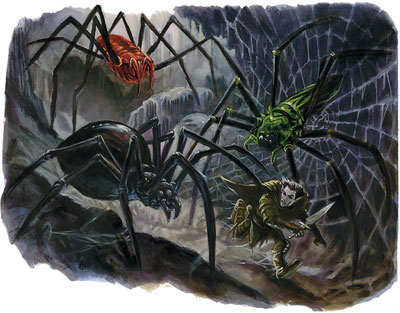

These celestials ( another planar creature!) are lovers of music and art and resemble human or elven women with patterned wings and serpentine, multicoloured tails. Something that maybe feels like real-life mythology, but isn’t: the lillend. In mythology, they often had the body of a winged bull rather than a winged lion, and you can see statues of them in the Louvre, the British Museum, and the Metropolitan Museum of Art in New York City.

These noble beasts (not celestials, interestingly) resemble a cross between lions and eagles, and they live to promote goodness throughout the world. The lammasu is one of the few creatures on this list to exist in mythology outside D&D, specifically the religion of ancient Mesopotamia. You could easily reskin this with a cause fear attack and leave it at that. They aren’t much different from a wolf or hyena except for their signature scare attack. Krenshars survived into 4th edition but haven’t been seen since. All three were monsters from the 3.5 revision – the original 3rd edition Monster Manual didn’t have inevitables at all. Mordenkainen’s Tome of Foes brought back the maruts, but there were previously other inevitables including the kolyarut (a longsword-wielder with a vampiric touch attack) and the zelekhut (a winged clockwork centaur that attacks with spiked chains). They closely resemble aarakocra and leonins, respectively, so perhaps we shouldn’t expect them to return.

These celestials are native to the planes of Elysium (hmm, another planar creature?) and in the 3.5 Monster Manual they come in two forms: the bird-like avoral and the lion-like leonal. Guardinals appeared in the 3.5 revision, but I don’t believe they were in the Monster Manual before then.


 0 kommentar(er)
0 kommentar(er)
